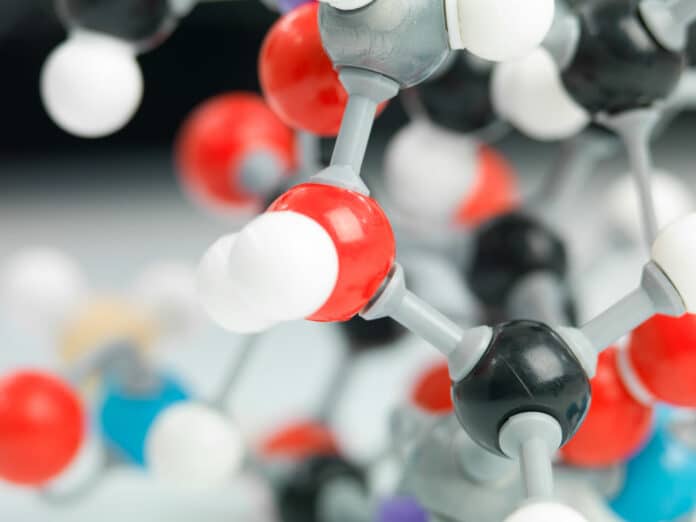Innovative combinations of chemical reactions have the potential to yield novel molecules with unique properties and applications. Researchers have recently achieved a breakthrough by creating a new molecule by combining two distinct responses. This approach opens up exciting possibilities for expanding the range of compounds available for various fields, including pharmaceuticals, materials science, and chemical synthesis.
By harnessing the power of synergy between different reactions, scientists are pushing the boundaries of molecular design and paving the way for advancements in diverse scientific disciplines. This article explores the creation of a new molecule through an innovative combination of two reactions. It highlights the potential implications of this research in driving scientific innovation and discovery.
In a groundbreaking achievement, a research group led by Professor Hideki Fujiwara and Associate Professor Daisuke Sakamaki from Osaka Metropolitan University‘s Graduate School of Science has successfully synthesized a new molecule by employing a unique combination of dynamic covalent chemistry and coordination chemistry. This innovative approach involves the reversible coupling and dissociation of organic radicals and the binding of radicals to metal ligands.
Notably, the study demonstrates that these two distinct reaction types can effectively work together without hindering each other’s progress. This article explores the pioneering research conducted by Professor Fujiwara and Associate Professor Sakamaki, highlighting their successful synthesis of a new molecule through the harmonious integration of dynamic covalent chemistry and coordination chemistry. The findings of this study have significant implications for advancing molecular synthesis and expanding the scope of chemical innovation.
Professor Sakamaki said, “This research was based on a straightforward idea of combining two types of reactions. However, it was unclear if these reactions could coexist because they are so different. Our results are expected to contribute to developing new synthetic components for functional materials, such as sensing and porous materials.”
In this study, the researchers aimed to create a new molecule by combining two types of chemical reactions: dynamic covalent chemistry (DCC) and coordination chemistry. They wanted to develop a radical, called a dicyanomethyl radical, that could undergo reversible bond formation and dissociation as well as bind to metal ligands.
Their previous work reported a dicyanomethyl radical with a triphenylamine that could exist in a monomer or dimer form.
In this study, they designed and synthesized a new dicyanomethyl radical with a pyridyl group instead of a phenyl group. This new radical also had an equilibrium between a monomer and dimer form in a solution, making it suitable for dynamic covalent chemistry.
They found that the dimer form of the radical could bind to PdCl2 in a specific ratio, creating a complex called a metallamacrocycle. They confirmed the structure of this complex using X-ray analysis. The researchers also discovered that this complex could undergo reversible bond formation and dissociation.
Furthermore, they experimented by adding a different ligand with a stronger attraction to PdII. This caused the dimer form to be released from the complex. This showed that the dynamic covalent chemistry based on the dicyanomethyl radicals could work independently from the metal-ligand coordination reactions.
Overall, this study demonstrated that the combination of dynamic covalent and coordination chemistry using the dicyanomethyl radicals could be done separately and did not interfere. This opens possibilities for creating new molecules with unique properties and applications.
Journal Reference:
- Hiroki Hasegawa, Daisuke Sakamaki, et al. A Dicyanomethyl Radical Conjugated with a Pyridylamino Group: Combining Radical-based Dynamic Covalent Chemistry and Coordination Chemistry. Angewandte Chemie International Edition. DOI:10.1002/anie.202302498.
